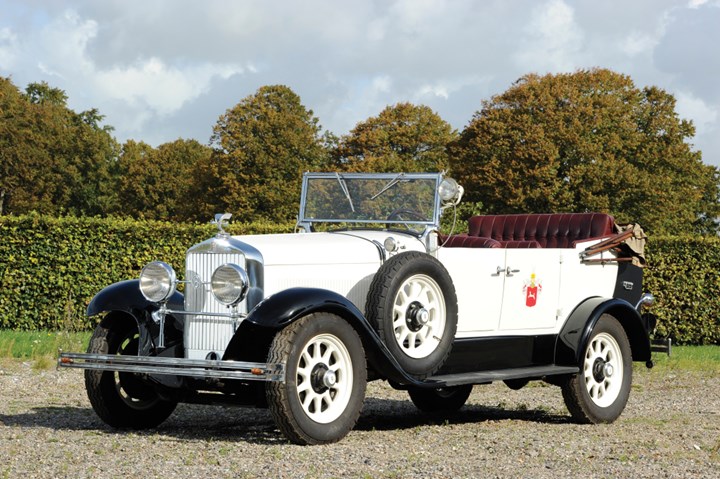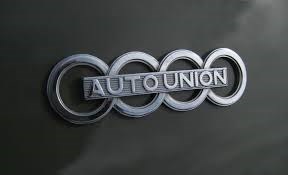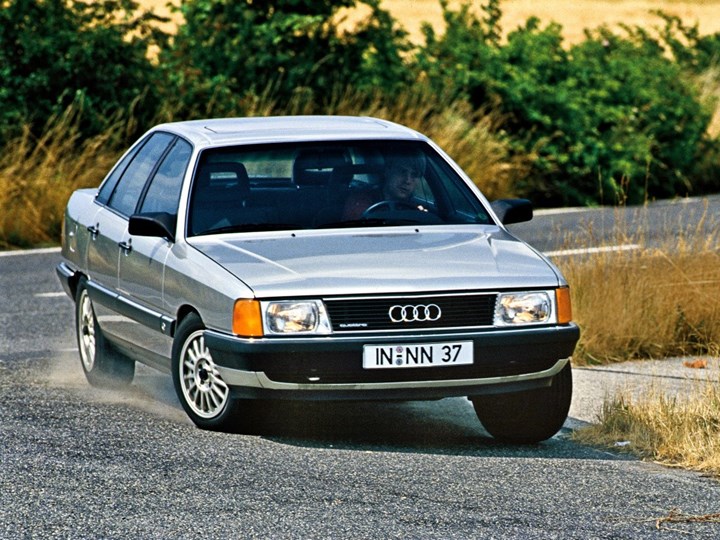
Today, the name Audi is synonymous with luxury, performance and cutting-edge automotive technology. However, behind this huge brand lies a key figure in automotive history: August Horch. Here is his story.
August Horch was born on 12 October 1868 in Winningen, Germany, into a modest family. From an early age, he developed an interest in mechanics, a field that would fascinate him throughout his life. After studying mechanics and engineering at the technical school in Ludwigshafen, he worked for several companies before making a name for himself in the automotive world.
In 1899, Horch founded his own company, August Horch Automobilwerke, in Cologne, but his business quickly ran into financial difficulties. However, this did not discourage him, and in 1904 he moved to Zwickau in eastern Germany, where he founded the famous Horch Automobile Company.

Quality and technology
In Zwickau, Horch focused on producing high-quality luxury cars, and his vehicles quickly attracted attention. In 1901, he unveiled his first model, a high-performance touring car that would establish the Horch brand's reputation. This vehicle was praised for its quality, refined design and cutting-edge technical features. From then on, the brand stood out for its ability to combine performance, comfort and luxury, a combination that would make it a force to be reckoned with in the automotive sector.
However, despite the growing success of his company, August Horch faced internal tensions. In 1909, after disputes with his business partners, he left the Horch company he had founded, but he did not abandon his ambitions. He decided to create a new car brand, marking the beginning of another era for German motoring.

Audi: The birth of a legend
In 1909, August Horch founded Audi Automobilwerke GmbH in Zwickau. The name Audi is derived from the Latin word ‘audire’, meaning ‘to listen’. This refers to the amusing story of how August Horch was forced to find a new name for his company. The word ‘Horch’, which means ‘listen’ in German, was already being used by his former company, so he asked his son to find a synonym. The word “Audi” also means ‘listen’ in Latin, and so a new chapter in automotive history began.
The first model produced by Audi, the Audi Type A, was launched in 1910. It featured a 22 hp four-cylinder engine, which allowed the car to reach impressive speeds for the time. Audi quickly built a reputation for its elegant, high-performance and robust vehicles. In 1915, the brand introduced the Type K, a luxury model equipped with a six-cylinder engine, which attracted the attention of the rich and powerful.

Merger with other brands
August Horch's company experienced considerable growth during the First World War. After the war, in 1928, Horch merged with three other car manufacturers: Audi, DKW and Wanderer, creating an automotive conglomerate. This merger formed the Auto Union group. This alliance enabled Audi to diversify its products and expand its presence in the European market.
The merger between these four brands marked the beginning of a new era for Audi, which benefited from the synergies created by joining forces. Audi took advantage of its partners' technological advances and diversified its offering to include vehicles from different ranges. Auto Union became one of Germany's largest car manufacturers, and the four-ring logo, representing the four founding brands, was created.

The legacy of August Horch: Audi and the evolution of the automobile
After separating from Auto Union in 1932, August Horch retired from the automotive industry, but his legacy lives on through Audi. The Audi brand became one of the most prestigious and respected in the automotive world, thanks in particular to its high-performance vehicles, reliability and avant-garde design. Audi remains faithful to the philosophy of August Horch, who died in 1951, with its emphasis on innovation, quality and excellence.
Over the decades, Audi became a pioneer in the field of automotive technology. During the 1960s, Audi introduced game-changing models such as the Audi 100, one of the first cars to be equipped with an electronic fuel injection engine. The brand continues to reinvent itself, focusing on major technical advances such as the development of the quattro all-wheel drive system, which has become a benchmark in the world of rallying and performance cars.
In the 1980s, Audi made a breakthrough with its Audi 80 and Audi 100 models, which enjoyed international success. These cars demonstrated the brand's commitment to offering vehicles that were elegant, safe and innovative. Today, Audi is synonymous with cutting-edge technology, refined design and performance. However, the shift to electrification has not been easy, as evidenced by the commercial failure of the e-tron/Q8etron, which led to the closure of the Forest factory.



















